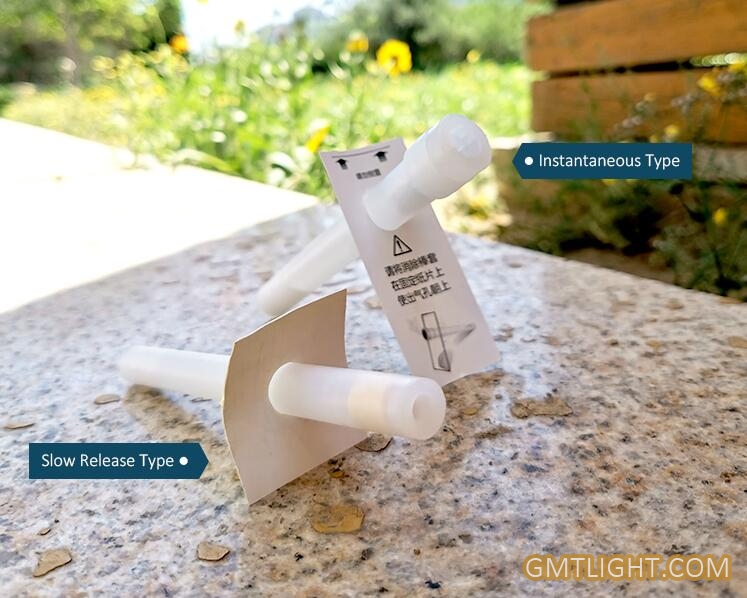In terms of the properties of chlorine dioxide, what are the uses of chlorine dioxide itself
1、 Algaecidal Effect of chlorine dioxide
The control of chlorine dioxide on algae is mainly due to its affinity to benzene ring, which can make benzene ring change without odor. Pyrrole in chlorophyll is very similar to benzene ring, and chlorine dioxide can also act on pyrrole ring. In this way, chlorine dioxide oxidizes chlorophyll, and the metabolism of plants stops, which stops the synthesis of protein. The damage of this reaction to the plant is that the dehydration of protoplasm leads to the contraction of high permeability (separation of plasm wall), which is an irreversible process leading to the death of algae.
2、 The effect of chlorine dioxide on killing virus and pathogen
Chlorine dioxide is a broad-spectrum disinfectant, which can kill Escherichia coli, bacterial spores, heterotrophic bacteria, sulfate reducing bacteria and fungi in the water distribution network in a wide range of pH value. Its killing effect is related to temperature T, which is a function of temperature (1 / T). This advantage makes up for the disadvantage that the solubility of chlorine dioxide in water decreases due to the increase of temperature. Chlorine dioxide has a stronger killing effect on spores than chlorine, and has a better killing effect on wild bacteria, actinomycetes and sporophytes in water.
3、 Deodorization of chlorine dioxide
ClO2 can react with sulfide, and the odor is often caused by sulfide (such as ammonium sulfide, hydrogen sulfide, dimethyl sulfide, etc.). After ClO2 gas contacts with odorous sulfur-containing pollutants, oxidation reaction takes place rapidly and changes into other substances to remove odors. Therefore, ClO2 can be used for deodorization and sterilization of refrigerators and indoor air. It is also used in oral medicine to eliminate halitosis and smoke odor.
4、 Preservation of chlorine dioxide
It is reported that the poultry meat treated with chlorine dioxide solution of 40-60mg / L for five minutes can effectively control the microbial contamination of poultry body, and the storage period can be effectively prolonged under 5 ℃. In the marine fishing industry, the captured prawns are treated with chlorine dioxide solution. The prawns are first soaked in 40mg / L chlorine dioxide solution for 10-20 minutes, and then preserved with 20mg / L chlorine dioxide ice. The prawns will not turn black. At the same time of chlorine dioxide disinfection and sterilization, it will not denature the biological protein and lose the existing nutrients and value, and has no effect on the aquatic biological cells.
5、 Oxidation of chlorine dioxide
1. With the increase of chlorine dioxide dosage, the removal efficiency of phenol by chlorine dioxide is improved. When the concentration of phenol in the source water is 2.omg/l and 5mg / L chlorine dioxide is added, the removal rate of phenol is generally more than 85%. In traditional chlorine disinfection, with the increase of liquid chlorine dosage, the amount of chlorophenols increases, but when chlorine dioxide is added, chlorophenols are basically not formed.
2. The biggest difference between chlorine dioxide and chlorine is that chlorine dioxide does not produce organochlorine. Chlorine dioxide can control the formation of trihalomethane (THM) and reduce the formation of total organic halogens. As we all know, the precursors of trihalomethanes usually have the following three categories: one is natural macromolecular organics, such as humic acid, griseofulvic acid, etc.; the other is small molecular organics, such as acid compounds, aniline, benzoquinone, amino acids, etc.; the third is algae and metabolites.
6、 Bleaching and decolorization of chlorine dioxide
Chlorine dioxide, as a kind of oxidant with strong oxidizability and little organic halogens in the process of oxidation, has been widely used in papermaking, pulp industry bleaching and other industries. Using ClO2 as bleaching agent, compared with other bleaching powders and chlorine, ClO2 can improve whiteness, prevent fiber strength from decreasing, simplify production process, and avoid the harm of free chlorine and carcinogens. ClO2 can also kill microorganisms in the bleaching process, effectively disperse the mucus and inorganic sediment in the pulp, so as to eliminate the formation of solid blocks in the pulp and improve the quality of the paper.
Using the oxidation of chlorine dioxide, ClO2 has a good decolorization effect under appropriate conditions. For example, ClO2 Jiangsu Tianlun dyeing and weaving industry Co., Ltd. and Jingjiang No.3 textile factory used the coagulation / ClO2 combination method to treat printing and dyeing wastewater. The pH value of the treated water decreased from 11-14 to 7, 12 to 7, and the chroma from 1000 to 50600 to 5, respectively, with the removal rate of 95% and 99.2%. Other indicators such as cod, BOD5, SS and S2 - are all reduced and meet the national industrial emission standards.


 Closed
Closed
